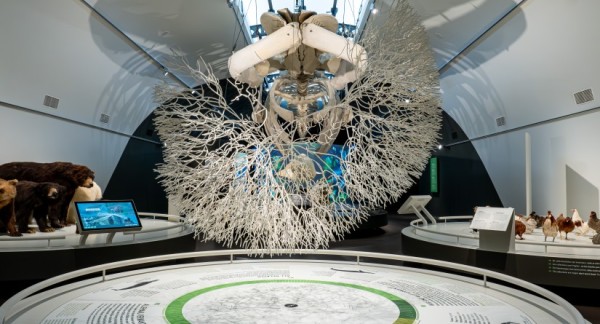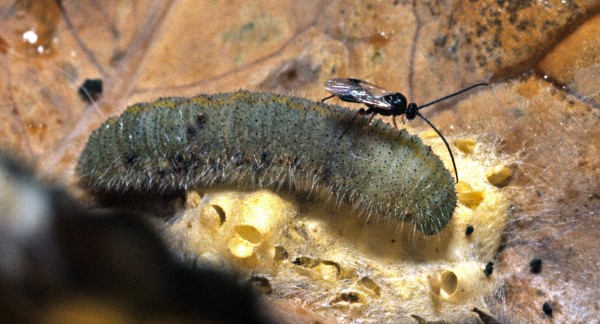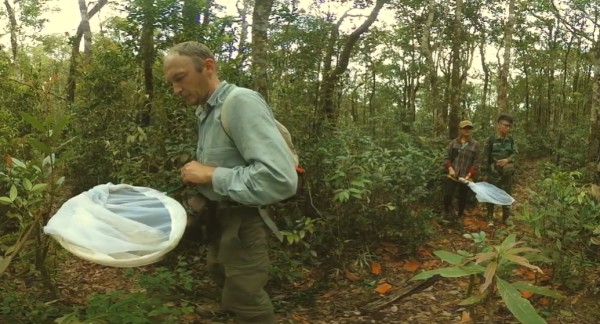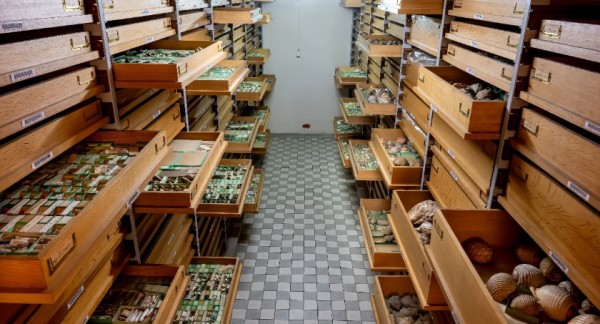The role of technology in taxonomy: innovations and digitization
There are a lot of advancements going on these days that aid taxonomy – Gontran Sonet.
The world is undergoing a technological revolution—and taxonomy is no exception. From genomics and DNA barcoding to 3D imaging, new tools are transforming how we discover, classify, and study species. In this section, we’ll dive into how these cutting-edge technologies are reshaping taxonomy. We’ll explore how genomics uncovers cryptic species, how 3D imaging brings specimens to life in stunning detail, and how AI automates species identification. We’ll also see how digitization is making biodiversity data accessible to everyone, from researchers to curious minds around the globe. Ready to see how science and tech are working together to unlock the secrets of life? Let’s explore!
Genomics: Decoding the Blueprint of Life

Sometimes when we sequence old series of material we discover errors. Because with the DNA we have a different angle and different lines of evidence. And maybe indeed we can correct identifications from the past
– Gontran Sonet.
DNA sequencing has become a cornerstone of modern taxonomy, allowing scientists to:
-
Identify cryptic species: DNA sequencing helps scientists uncover cryptic species — species that are genetically distinct but look identical to the naked eye. A classic example is the Anopheles gambiae complex: several mosquito species that look the same but differ in behaviour and disease transmission.
-
Clarify subtle species differences: Not all cases involve fully cryptic species. For instance, a new crab species was recently discovered on Belgian beaches. It had subtle morphological differences and was long mistaken for a known species — but genetic analysis confirmed its distinct identity. While not truly cryptic, it shows how DNA tools help clarify species boundaries when physical traits alone fall short. Dive deeper into this fascinating discovery here.
-
Reconstruct evolutionary relationships: By analysing thousands of genes, scientists can trace the evolutionary history of species and uncover hidden connections. For example, by analysing data on more than 4600 genes, an international team of researchers has successfully solved the phylogeny of the Elapoidea, a superfamily of snakes. Find out more here!
Imaging Technologies: Seeing the Unseen
Advanced imaging tools are providing unprecedented views of organisms, revealing details that were once invisible to the naked eye.
-
MicroCT and NanoCT: These techniques create detailed 3D images of specimens, allowing scientists to study their internal and external structures without damaging them. Remember the snakes we talked about before? Well, In addition to the genetic data, the researchers also used nanoCT and microCT scans to study the skeletal structure of a new snake family, Elapoidea, uncovering unique features that distinguished it from other snakes!
-
Sphaeroptica: This innovative tool creates high-resolution 3D models of tiny arthropods, enabling scientists to study their intricate features in stunning detail. Sphaeroptica improves taxonomy by providing detailed 3D images of insects, allowing scientists to study their tiny features more accurately. This leads to better identification, classification, and understanding of insect diversity. Find out more!
Artificial Intelligence: Automating Discovery
AI is revolutionizing taxonomy by automating time-consuming tasks and uncovering patterns in vast datasets. Species Identification: Machine learning algorithms can analyse images and genetic data to identify species quickly and accurately.






